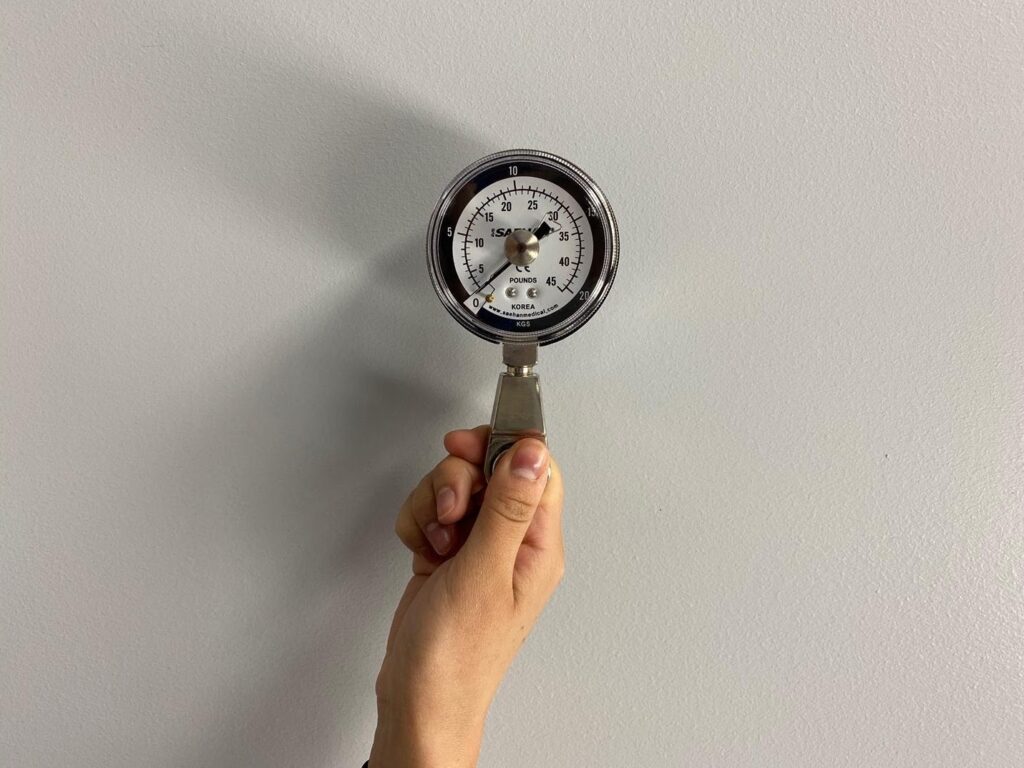Article Review: Trapeziectomy and LRTI: What can patients with CMC osteoarthritis expect 12 months after the procedure?
Filed under Reviews, Treatments
Janakiramanan, N., Miles, O., Collon, S., Crammond, B., McCombe, D., & Tham, S. K. (2021). Functional Recovery Following Trapeziectomy and Ligament Reconstruction and Tendon Interposition (Trapeziectomy and LRTI): A Prospective Longitudinal Study. The Journal of hand surgery, S0363-5023(21)00304-X. Advance online publication. https://doi.org/10.1016/j.jhsa.2021.04.036
The skinny:
Patients with trapeziometacarpal (TMC) osteoarthritis who are candidates for a trapeziectomy and ligament reconstruction and tendon interposition (LRTI) often receive preoperative counseling. Hence, they understand what their recovery (LRTI surgery recovery) and level of function will most likely look like after they undergo the procedure. This was a prospective study aimed to determine the functional recovery of patients who undergo the procedure using the flexor carpi radialis tendon (FCR) for the first 12 months post-operation to provide better education and counseling for future candidates (trapeziectomy recovery).
In the Weeds:
The study included 55 LRTI Surgery Patient Reviews with TMC osteoarthritis whose symptoms were not alleviated with conservative treatment (splinting and NSAIDs) for at least 3 months. Patients were not included if they already have previous TMC surgeries, other procedures done to the thumb/hand in conjunction with the trapeziectomy and LRTI and if they had arthritis due to chronic autoimmune conditions. Pre-operation, each patient filled out a DASH and Patient-Rated Wrist Evaluation (PRWE) to determine functional use of the hand. Thumb opposition, palmar abduction, radial abduction, grip strength, and pinch strength were all measured pre-operation as well as their Kapandji score. Lastly, pain was assessed using a 10-point visual analogue scale. After the patients underwent the procedure, they were all casted for 2 weeks then received a thermoplastic orthosis for the following 4 weeks. Patients’ functional and objective outcomes were reassessed at 3, 6, 9, and 12 months post-operation.
Bringing it Home:
Compared to baseline measurements, all patient-reported measures (DASH, PRWE) showed significant improvements at the 3, 6, and 9-month follow-up. The DASH and PRWE scores plateaued at 9 months but at the 12-month follow-up patients’ pain scores had significantly improved and 84% had a pain score of 2 or less and 36% reported no pain. Four patients reported a pain score of 3 or more due to FCR tendonitis that was resolved with a cortisone injection after the study was completed.
Kapandji scores had declined at the 3-month follow-up but had reached preoperative scores by 6 months. There were no significant improvements at the 9 and 12-month follow-ups.
Palmar abduction significantly improved from preoperative measurements at 3 months and continued to make improvements until the 9 month follow-up. Radial abduction significantly improved from baseline by the 6 month follow-up but no further improvements were made after.

Power grip strength decreased at 3 months but significantly improved from baseline values at the 6 months and 9-month follow-up. Key pinch significantly decreased at the 3-month check but returned to preoperative measurements by 6 months. Tip pinch also decreased at 3 months but significantly improved from baseline measurements at the 12-month follow-up.
Rating: 4/5
The findings of this study can be utilized by surgeons and hand therapists to educate patients on the potential outcomes of the trapeziectomy and LRTI within the first year post-operation. The study’s limitations include the small sample size and short follow-up of 12 months. The functional benefits of the procedure beyond one year cannot be concluded from this study alone.
More To Read
Stretching Alone Can Change P1 Bone Shape in Patients with Camptodactyly
Woo Hong, S. Kim, J., Sang Kwon, O., Ho Lee, M., Sik Gong, H., Hyun Baek, G., (2019). Radiographic Remodeling of the Proximal Phalangeal Head Using a Stretching Exercise in Patients With Camptodactyly. J Hand Surg Am, 1.e1-1.e10 The Skinny – Camptodactyly is a congenital, nontraumatic flexion contracture of the PIP in fingers other than…
Read MoreCarpal tunnel syndrome and its association with body mass index, wrist ratio, wrist to palm ratio, and shape index
A literature review of carpal tunnel syndrome and its association with body mass index, wrist ratio, wrist to palm ratio, and shape index Madani, A. M., Gari, B. S., Zahrani, E. M. A., Al-Jamea, L. H., & Woodman, A. (2022). A literature review of carpal tunnel syndrome and its association with body mass index, wrist…
Read MoreThe Importance of Purposeful Activities Following Surgical Repair of a Distal RadiusFracture
By: Kelsey Melton Collis, J. M., Mayland, E. C., Wright-St Clair, V., Rashid, U., Kayes, N., & Signal, N.(2022). An evaluation of wrist and forearm movement during purposeful activities andrange of movement exercises after surgical repair of a distal radius fracture: A randomizedcrossover study. Journal of Hand Therapy. https://doi.org/10.1016/j.jht.2022.07.009 The Skinny: This randomized crossover study…
Read MoreWrist Proprioception Ideas for Hand Therapy
Wrist Proprioception Intervention Ideas: By Ammie Ingwaldson Lack of wrist proprioception exercises can affect clients in the hand therapy setting with neurological and musculoskeletal conditions. Proprioception limitations are found in common conditions such as carpal tunnel syndrome, distal radius fracture, and CRPS (Valdes, Naughton & Algar, 2014). Proprioception is necessary during daily tasks to provide…
Read MoreSign-up to Get Updates Straight to Your Inbox!
Sign up with us and we will send you regular blog posts on everything hand therapy, notices every time we upload new videos and tutorials, along with handout, protocols, and other useful information.






